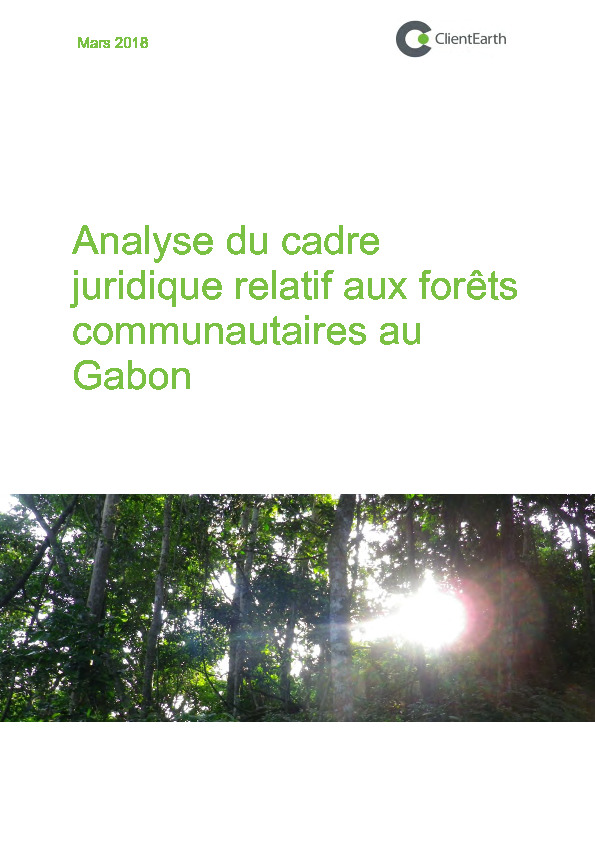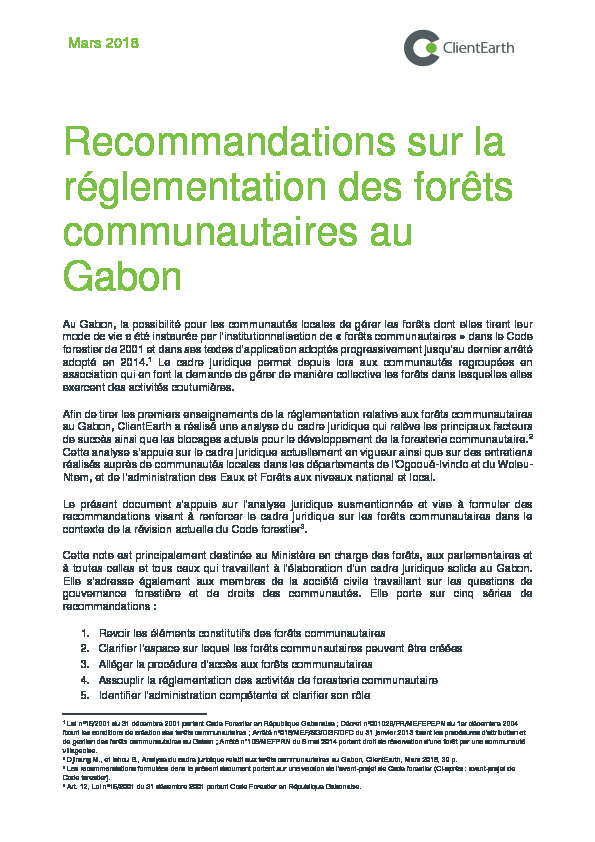Women and forests: does their involvement matter?
This brief article documents author's reasons for considering the answer to be "yes." She draws first on her extensive ethnographic experience in forest communities in the US and in several forested areas of Indonesia, with examples. Her second source of conviction in this view comes from her involvement in a comparative study of criteria and indicators in Africa, Asia and South America, in which she visited many forested areas around the world.
Where are the poor and where are the trees?: targeting of poverty reduction and forest conservation in Vietnam
This paper highlights the spatial linkages of forest quality with poverty incidence and poverty density in Vietnam. Most of the Vietnamese poor live in densely populated river deltas and cities while remote upland areas have the highest poverty incidences, gaps, and severities. Forests of high local and global value are located in areas where relatively few poor people live, but where the incidence, gap, and severity of poverty are strongest, and where the livelihood strategies are based on agricultural and forest activities.
Where are the poor and where are the trees?: targeting of poverty reduction and forest conservation in Vietnam (Vietnamese)
This paper highlights the spatial linkages of forest quality with poverty incidence and poverty density in Vietnam. Most of the Vietnamese poor live in densely populated river deltas and cities while remote upland areas have the highest poverty incidences, gaps, and severities. Forests of high local and global value are located in areas where relatively few poor people live, but where the incidence, gap, and severity of poverty are strongest, and where the livelihood strategies are based on agricultural and forest activities.
Where the power lies: multiple stakeholder politics over natural resources: a participatory methods guide
This manual is a participatory methods guide (1) to assist those involved with multiple stakeholder situations or groups to appreciate and acknowledge the relevance and impact of micro-politics on stakeholder relations and resultant cooperative behaviour in these groups; (2) to provide a simple and systematic approach or framework to gather and analyse data on micro-politics among multiple stakeholders; (3) to highlight and offer practical suggestions for dealing with some of the methodological issues that influence gathering data on politics and relations among stakeholders; (4) to suggest
Who counts most in sustainable forest management?
This paper proposes a method for identifying and defining the most significant actors in sustain- able forest management. A rationale for the importance of differentiating among various forest stakeholders is first provided. Significant stakeholders identified in forest management units in Kalimantan, Côte d'Ivoire, and the USA. are described.
Agricultural change in Lao PDR: Pragmatism in the face of adversity January, 2007
Rural development in the uplands of Lao Peoples’ Democratic Republic (Lao PDR) has presented many challenges for farmers and their communities. Lao government policy is directed at reducing the production of upland rice and providing sustainable alternative livelihoods for upland farmers.
Analyse du cadre juridique relatif aux forêts communautaires au Gabon
Cette analyse propose une lecture critique du cadre juridique encadrant la gestion communautaire des forêts au Gabon. Elle vise à identifier les éléments-clé du cadre juridique encadrant les forêts communautaires, en examinant à la fois ses éléments positifs ainsi que les vides et incohérences juridiques impactant sa mise en oeuvre.
Notre analyse s’articule autour de trois parties :
Recommandations sur la réglementation des forêts communautaires au Gabon
Ce rapport présente des recommandations visant à renforcer le cadre juridique sur les forêts communautaires dans le contexte de la révision actuelle du Code forestier au Gabon.
Il complète une analyse du cadre juridique relatif aux forêts communautaires.
Food Security, Tenure Security and Community Forestry in Burma (text and audio)
ABSTRACT: Burma (Myanmar) is currently emerging from almost half a century of severe military dictatorship. In a country comprising over 50% forested landscapes, the status of forest governance and forest rights are central to the democratisation process.
A Study of the Role of Forest and Forest-Dependent Community in Myanmar
... This study was intended to find out the benefits of forests, especially for non-wood forest products (NWFPs), to forestdependent local people and the relation to their socio-economic status. Sampling (169 respondents) was chosen to be an equal distribution of household’s economic status. The survey was conducted face to face with structural interviews using both open-and closed-ended questions. The results showed that bamboo and bamboo shoot were considered as the most collected NWFPs in the Bago Yoma region.
Kawthoolei and Teak: Karen Forest Management on the Thai-Burmese Border
The Karen State of Kawthoolei has been heavily dependent on teak extraction to fund the Karen National
Union struggle against the Burmese military junta, the State Law and Order Restoration Council (SLORC).
Raymond Bryant explores the social and economic structure of Kawthoolei, and the way in which resource
extraction was more than simply a source of revenue � it was also an integral part of the assertion of Karen
sovereignty...





